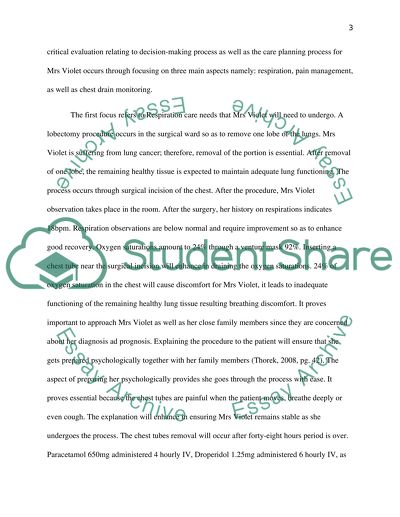Cite this document
(“Postoperative care Essay Example | Topics and Well Written Essays - 2500 words”, n.d.)
Postoperative care Essay Example | Topics and Well Written Essays - 2500 words. Retrieved from https://studentshare.org/nursing/1672704-postoperative-care
Postoperative care Essay Example | Topics and Well Written Essays - 2500 words. Retrieved from https://studentshare.org/nursing/1672704-postoperative-care
(Postoperative Care Essay Example | Topics and Well Written Essays - 2500 Words)
Postoperative Care Essay Example | Topics and Well Written Essays - 2500 Words. https://studentshare.org/nursing/1672704-postoperative-care.
Postoperative Care Essay Example | Topics and Well Written Essays - 2500 Words. https://studentshare.org/nursing/1672704-postoperative-care.
“Postoperative Care Essay Example | Topics and Well Written Essays - 2500 Words”, n.d. https://studentshare.org/nursing/1672704-postoperative-care.


